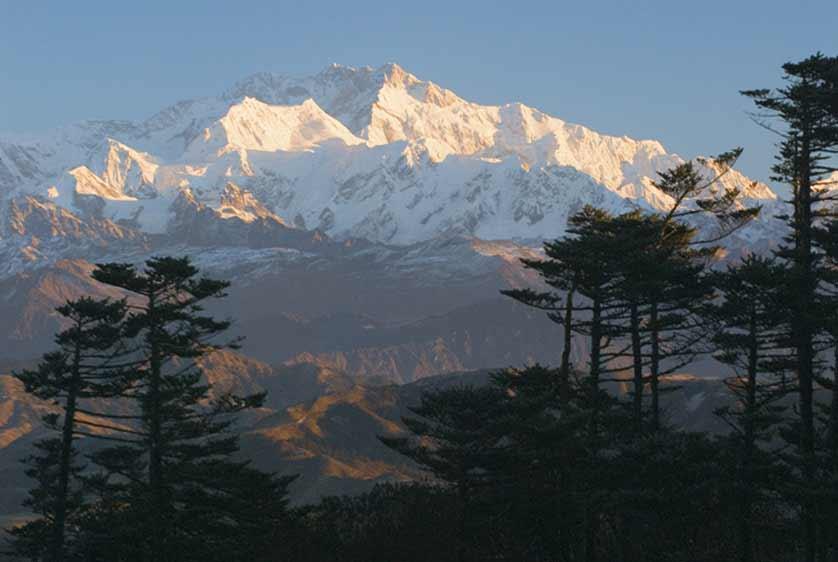
Himalayan forests - Singalila National Park in West Bengal consists of diverse mountain ranges with their typical vegetation - from temperate coniferous to temperate broadleaf and subtropical coniferous. Thick bamboo, oak, magnolia and rhododendron forests cover much of the Singalila ridge. The lower forests are rich in orchids. The park has plenty of fauna too. The best way to see the park is to trek up the ridge to Sandakphu (spectacular views of the Kangchenjunga and Everest peaks). Help Tourism (www.helptourism.com) organises birding tours.
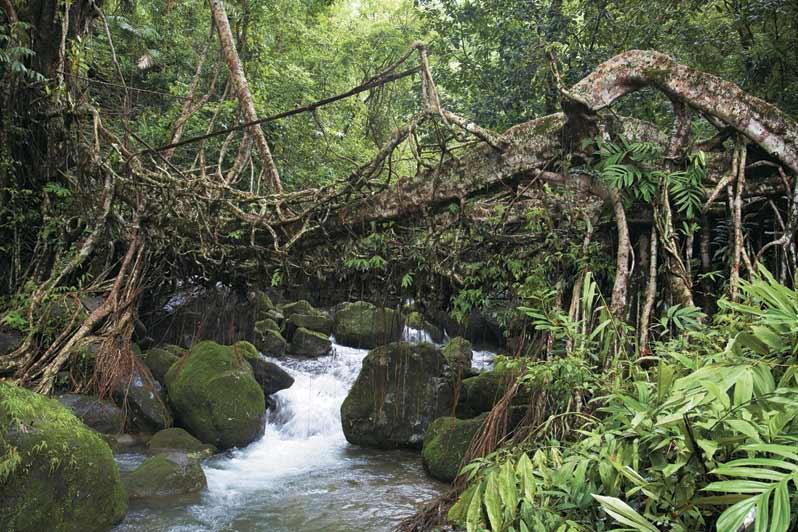
Meghalaya's forests- The Khasi and Garo hills in Meghalaya have some of the most species-rich forests in India. Enter these tropical and sub-tropical moist broadleaf forests to find a universe of ancient trees, overhung with vines and orchids. Small pockets of sacred forest have been preserved by village communities whose attachment to the trees is expressed in the unique 'living root bridges': Ficus elastica, a tree with exuberant root growths, was planted at strategic locations and the vines trained until they took root on the far bank. Stay at the Cherrapunjee Resort (03637-244218, www.cherrapunjee.com), which organises treks to the root bridges.
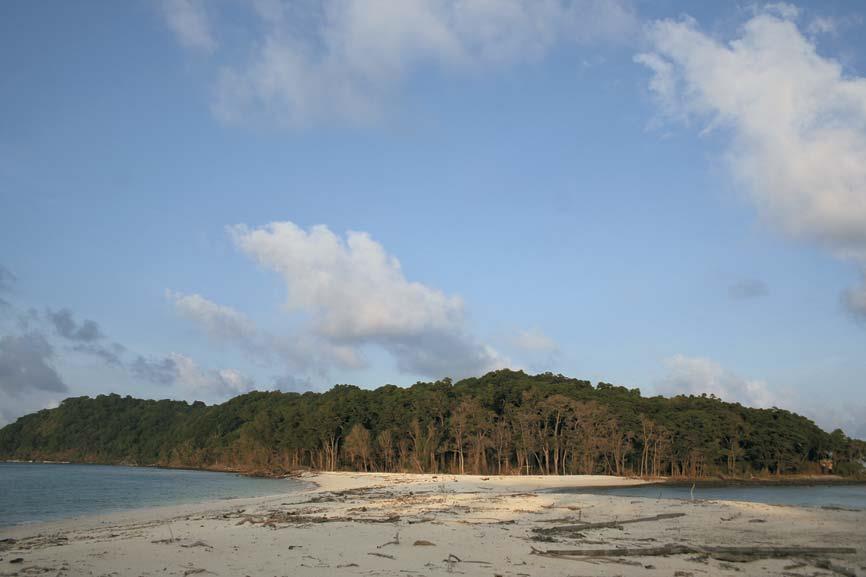
Forests of the Andamans- The unique tropical rainforest here is a mix of floral elements from Indian, Myanmarese, Malaysian and endemic species. There are nearly 2,200 varieties of plants, of which 200 are endemic and 1,300 are not found on the Indian mainland, 50 species of mammals, 270 species of birds and spectacular butterflies. There is fair regional variation too - the South Andaman forests are rich in orchids and ferns, the Middle Andamans have primarily moist deciduous forests, while the North Andamans have wet evergreen forests with dense undergrowth. Stay at Barefoot at Havelock (03192-236008, www.barefootindia.com) and go with them on a trek through the forests.
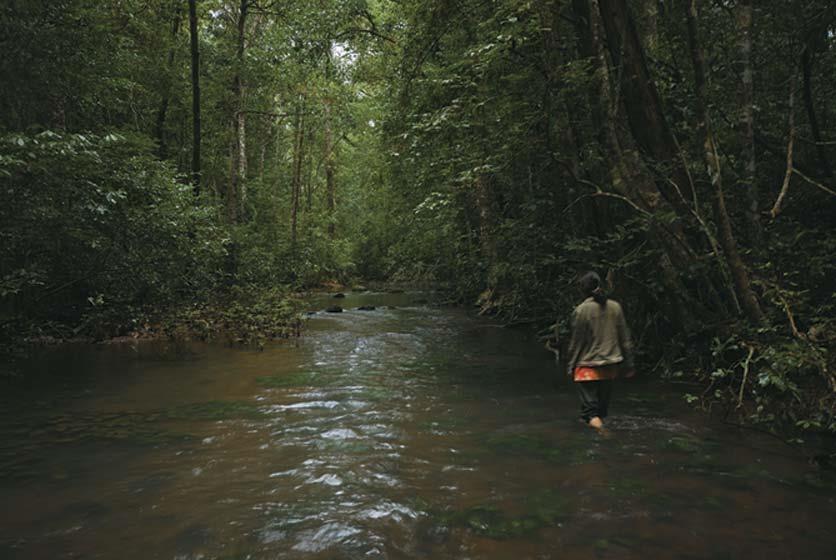
Lowland rainforests- They bear a heavy name, the South Western Ghats moist deciduous forests. But together with the higher Montane Sholas, these are home to some astounding numbers of plant and animal life, adding their bit to making the Western Ghats area the biodiversity behemoth it is. About 87 mammal species are found here, and 345 birds, and an impressive tally of amphibians and reptiles. With a mean average rainfall of 7,640mm, Agumbe, in southern Karnataka, is one of the wettest places on earth. The Agumbe Rainforest Research Station (P. Gowri Shankar, 08181-222301) has dorm accommodation. Or try Kasturiakka's homestay (233075).
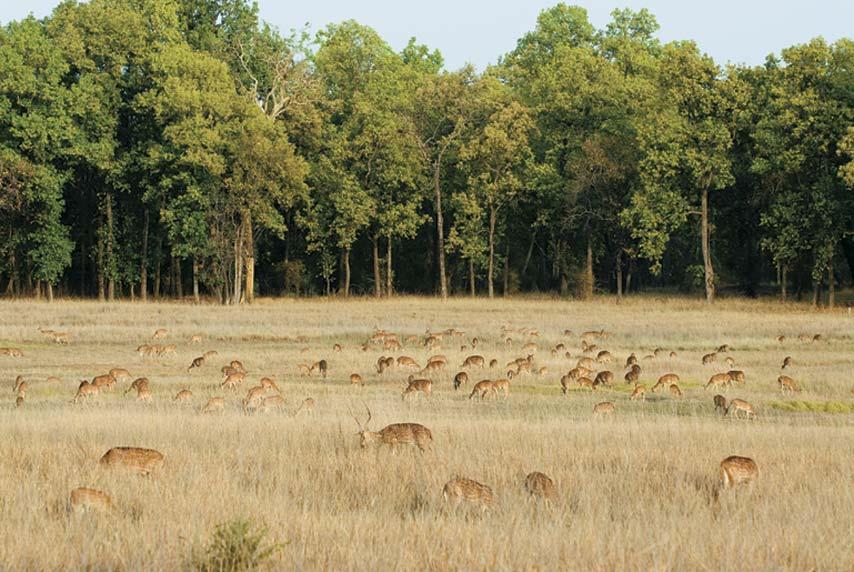
Central Indian jungles- The forests of Central India hold wonderful natural treasures. Bandhavgarh National Park in Madhya Pradesh, featured here, lies between the Vindhya and Satpura hill ranges. Both moist peninsular Sal forests and moist deciduous forests are found here. A characteristic of these forests is that one can pass through dense jungles to emerge onto rolling grassland in minutes. There's plenty of wildlife - over 22 species of mammals, 250 species of birds, 75 varieties of butterflies. Stay at Mahua Kothi (www.tajsafaris.com), which has excellent naturalists, trained by co-employers CC Africa.

